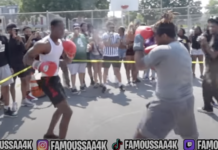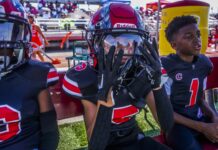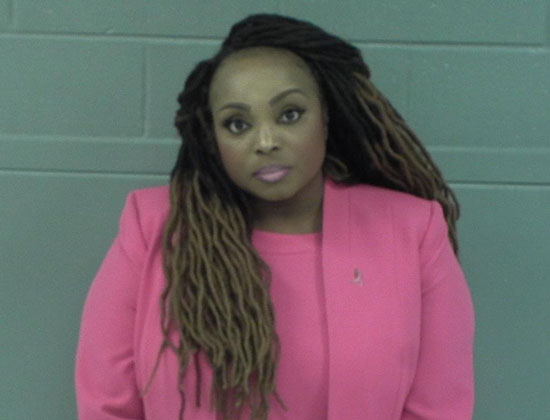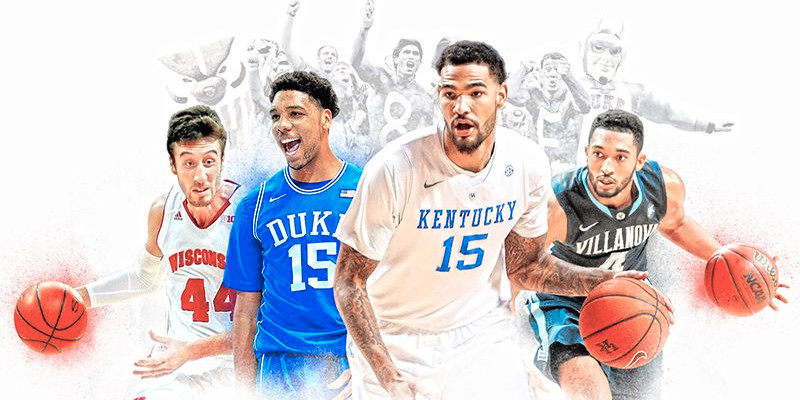1.) Finishing the regular season ranked No. 1 is actually not a good sign for the heavily favored Kentucky Wildcats. Only four teams since 1990 have finished the regular season ranked No. 1 and went on to win the national championship.
2.) Don’t pick a No. 16 seed to defeat a No. 1 seed. It has never happened. Let someone else in your pool be the first to get that one correct, if it finally does happen.
3.) Don’t have all No. 1 seeds in the Final Four. Actually, you shouldn’t have three, either. Picking two No. 1 seeds is safe, but picking only one seems even more likely. Four of the last five Final Fours have only had one No. 1 seed.
4.) But make sure to have at least one No. 1 seed in the Final Four. At least one has made it that far every year except 1980, 2006 and 2011.
5.) And it’s probably a good idea to have that one No. 1 seed also winning it all. Seven of the last 10 national champions have been No. 1 seeds.
6.) When picking your big upsets in the early rounds, pick a No. 1 seed to lose in the Round of 32. It has happened four of the last five years. Pick another No. 1 seed to lose in the Sweet 16. It has happened seven times in the last five years.
7.) Pick two 12 over 5 upsets. It’s happened 28 times since 1999, including three times last year.
8.) Pick one 13-seed to knock off a No. 4 seed. There’s been at least one 13 over 4 in six of the last seven tournaments.
9.) Pick at least one 11-seed to defeat a 6-seed. That’s happened at least once in the last 10 tournaments, including twice last year.
10.) Go with the experienced coaches. The players change significantly from year-to-year in college basketball, but many of the coaches stay the same. If you’re having a difficult time picking a game in the later rounds, go with the coach who has more tournament success. Louisville, Kentucky, Duke, North Carolina, Kansas, Michigan State, San Diego State and SMU all have coaches who have won national championships.
11.) Pick a national champion that has blue on their uniforms. Ten of the last 11 champions have had some shade of blue on their jerseys.
12.) Get rid of one of your No. 2 seeds before the Sweet 16. No. 2 seeds Villanova and Kansas both lost last season before reaching the Sweet 16. Only once since 1996 have all four No. 2 seeds made it to that round.
13.) Go against historical math. History shows that when you add up your Final Four seeds, the total shouldn’t go over 14. Only seven times since 1979 has that number been higher than 14. For example, if you picked all No. 1 seeds, your total number would be four. The reason you should go against it? Three of the last four years the total has been over 14. It was 18 last year, 18 in 2013 and 26 in 2011.
14.) Don’t pick a Big Ten or Pac-12 team to win it all. Those two major conferences have not produced a national champion over the last 14 seasons.
15.) Avoid picking a 10, 12, 13, 14, 15 or 16 seed to advance to the Final Four. It has never happened.
16.) If you pick a 12-seed to win over a 5, think about picking them in their next game as well. Although none of the 12 seeds won a second game after their first round upsets last year, of the 44 No. 12 seeds to upset five-seeds in the history of the tournament, 19 have advanced to the Sweet 16.
17.) Put at least one double-digit seed in your Sweet 16. A double-digit seed has reached that round in 28 of the last 30 tournaments. Three double-digit seeds made it to the Sweet 16 last year.
18.) Find good guard play. Teams that often make deep tournament runs have quality perimeter players they can depend on in close games to handle the ball. Some examples over the last five years: UConn’s Shabazz Napier and Kemba Walker, Louisville’s Peyton Siva, Michigan’s Trey Burke, Butler’s Shelvin Mack and Duke’s Nolan Smith.
Players who could fill that role this year: Malcolm Brogdon, Virginia; Jerian Grant, Notre Dame; Andrew Harrison and Aaron Harrison, Kentucky; Darrun Hilliard, Villanova; Tyus Jones, Duke; Tyler Kalinoski, Davidson; Nic Moore, SMU; Kevin Pangos, Gonzaga; Terry Rozier, Louisville; D’Angelo Russell, Ohio State; Fred VanVleet, Wichita State; Thomas Walkup, Stephen F. Austin; Delon Wright, Utah; Joseph Young, Oregon.
19.) Avoid teams that have been struggling down the stretch and pick teams that have been playing well recently. It’s rare that a team backs its way into the tournament and then all of sudden starts playing its best basketball. For example, conference tournament winners like Kentucky, Villanova, Notre Dame, Iowa State, Arizona and Wisconsin appear to be playing their best right now.
Not playing so hot: Indiana has lost nine of its last 14, Oklahoma State has lost six of its last seven, Texas has lost five of its last eight and Utah has lost four of its last seven.
20.) And last but not least, check in with the experts. Ken Pomeroy and Nate Silver both have excellent systems to help you break down each team. Pomeroy has his own mathematical ranking that can help you pick each game. For example, if you’re having a difficult time choosing between No. 8 San Diego State and No. 9 St. John’s, you could look to Pomeroy’s chart. He has SDSU ranked 27th and SJU at 42, meaning maybe you want to go with the Aztecs.





























